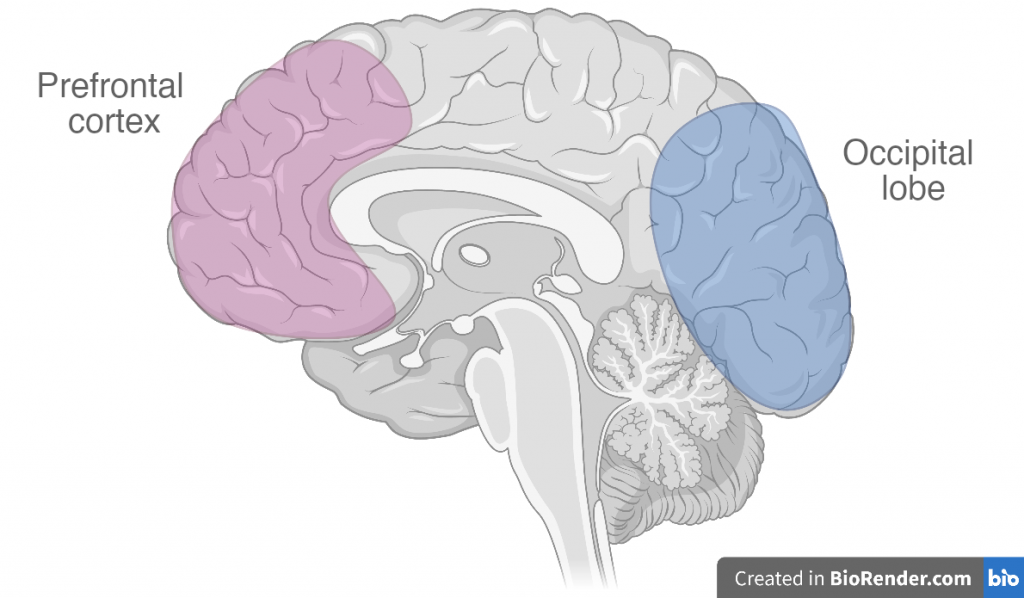This post is also available in Dutch.
This blog is part of this year’s summer series called Brain basics, in which we dive into the general functions and development of our brains.
Children learn a lot
During our first three to four years of life we learn to perceive and sense the world, to walk and move, and to speak. When we get even older we learn social behaviors and emotions, understanding others and making more complex decisions. A lot is happening in the brain during this time, and even though the majority of our neurons are already formed by the time we are born, during development we constantly create new connections between them. Until early adolescence our brain is increasingly making new connections, and although most of the size of our brain is fully developed during our first few years, we see an increase in gray matter across the brain until adolescence.
Why teenagers act like teenagers
During adolescence and into our late 20s, the brain starts specializing. Instead of focusing on making new connections, it strengthens the most important ones and gets rid of what is less important, a process called synaptic pruning. Neural connections across the brain during our teenage years are slower compared to adults, but matures during this developmental period by increasing the myelin on the neurons that have formed important connections. This does not happen in the whole brain at once though. When we are around 11 to 13 years old, the first area that matures like this is in the back of the brain, the occipital lobe, which is involved in visual and sensory processing.
This continues forward across the brain, and the last area to develop in our mid-20s, is the prefrontal cortex, which is involved in decision making, inhibiting behaviors, and higher cognitive functions. That is why teenagers sometimes have a harder time making decisions, regulating their emotions, or even understanding others. A study found that teenagers tended to misjudge fearful faces as angry or shocked, when adults did not. They also found that the brain’s response to others’ emotions were different too, where adults tended to activate more areas in prefrontal cortex, teenagers have stronger responses in amygdala instead, a region involved in emotional responses.

When our brains “finish” developing
So, when is the brain fully developed? This is hard to say. The brain is always changing, we always learn new things, and we are always adapting to our environments throughout our lives. But of course, when we are children the foundation of skills like speech and motor skills are developed, and when we are teenagers we are figuring out how to regulate our emotions and make decisions. But people are always changing, regardless of age, and that is because our brain is always changing too.
In the upcoming blogs of this series we’ll dive further into the anatomy, the development and the different functions of our brains.
Author: Viola Hollestein
Buddy: Francesca Abela
Editor: Helena Olraun
Translation: Maartje Koot
Editor translation: Wessel Hiselaar
Image by Jonathan Borba via Unsplash
